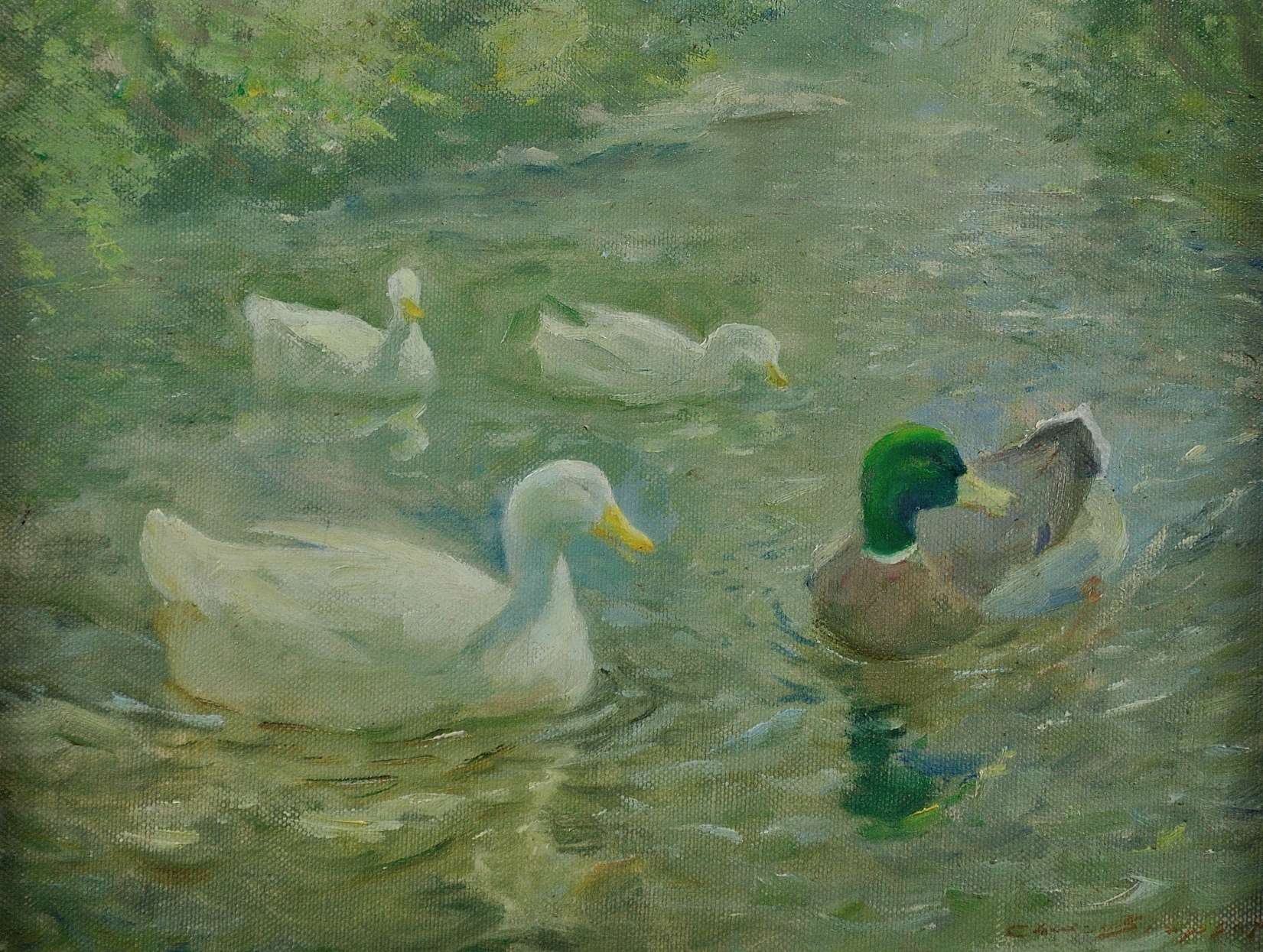SOLD
Charles Walter Simpson
English ( b.1855 - d.1971 )
Haze and Sunshine
| Image size | 11.2 inches x 15 inches ( 28.5cm x 38cm ) |
| Frame size | 16.7 inches x 20.5 inches (42.5cm x 52cm ) |
This painting has been sold. For similar works, please enquire.



 Haze and Sunshine - Simpson, Charles Walter
Haze and Sunshine - Simpson, Charles Walter